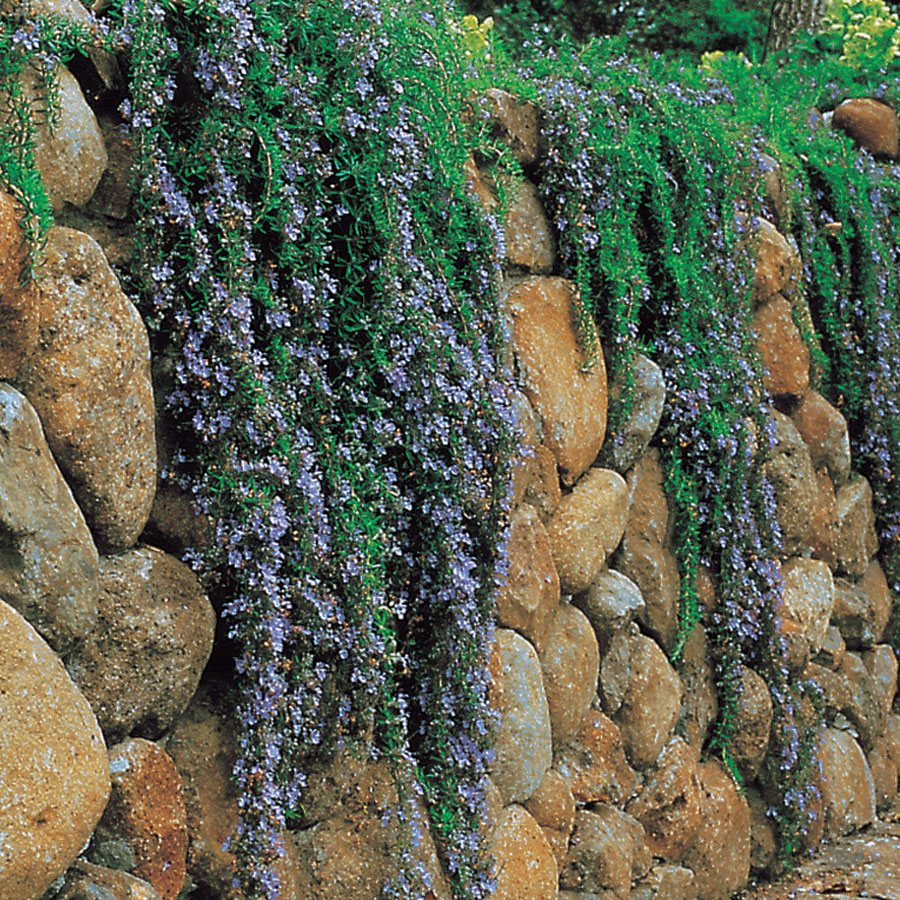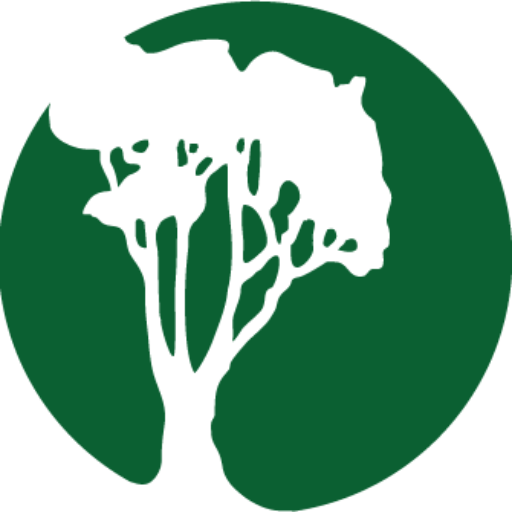
Our Favorite Winter-hardy Plants
Four Winter-hardy Plants for your California Central Coast Landscape
Each native region has unique and beautiful seasonal cycles, with plants that flourish in the cold of winter as others shrink back. These naturally winter-hardy plants keep the surrounding nature looking full and alive. On top of that, they sustain the local fauna, protect the soil, and assist with the overall health of the local region.
As such, it is important to plan each landscape for a full year’s worth of seasons—with the plants that have adjusted to the climate of the region precisely. Native planting is rewarding, colorful, and much easier than trying to support plants not built to weather your region (or worse, taming an invasive plant that weathers the region a little too well). If your landscape doesn’t already account for all four seasons, there’s always time to add them in.
Here are four of our favorite winter plants for California’s central coast:
Nandina “Fire Power”
Nandina is a vibrant evergreen shrub that provides color year-round. In the warmer months, they sport variegated yellows and greens. As autumn catches on and the weather becomes cooler, they take on their fiery red.
A form of bamboo, they thrive on very little care and require no pruning. Once established, they are drought-tolerant as well. As a dwarf cultivar of the heavenly bamboo, its low shrubbery is excellent for small gardens or ground cover.
It should be noted that this plant is toxic to pets.


Arctostaphylos “Howard McMinn”
Arctostaphylos is a low-maintenance, low water-use manzanita shrub. Adapted to drought conditions in the summer, they hold their evergreen leaves perpendicular to the sun to avoid water-loss. Manzanitas are striking year-round thanks to their gorgeous red bark and those peculiar evergreen leaves. In the winter, they show dainty winter blooms that bring a soft delight to the season.
A fruiting shrub, their dry, apple-like fruits are edible to animals, and they are solely pollinated by native bees, supporting the native fauna. The European honey bee is not adapted to pollinate them. Each flower requires “sonification” for its fine pollen to be released from its bell-like flowers. Luckily, the native bees need them too.


Sempervivum “Hens and Chicks”
Sempervivum is a cold-hardy succulent that comes in a variety of colors and can be planted in rocky places with very little soil. It is deer-resistant and an attractant for bees and butterflies when it puts out its rare flowers—with them, though the “hen” dies after flowering, its “chicks” will continue.
These plants prefer cool nights and cold-dormant seasons, both frost-hardy and adapted to flourish in soils and conditions where most plants would die. They multiply plentifully when planted in a spot they love, and their texture and colored trim bring year-long delight.
Combined with their drought-tolerance, they’re perfect for the California Central Coast (and you’ve probably seen them around!). We love the look it creates when you stick them in cracks and crevices of stone walls or walkways.


Rosmarinus officinalis “Irene”
Trailing Rosemary, like manzanitas, is low-maintenance and low water use. When planted on top of retaining walls and allowed to drape over, they add drama to your garden. Their scent and seasonal flowers give them an added edge over some of the other trailing plant materials.
These plants flower in the winter and spring, lending their soft, pale blue or white blossoms to the landscape. It is a natural insect repellent to mosquitoes and other insectoid pests while being a strong attractant for a variety of pollinators. Because of these two factors, it is considered an ideal companion plant. It supports other flowering plants during the winter and acts as a guard to prevent more vulnerable flora and seedlings from cabbage loopers, carrot flies, snails, and more.


A flourishing, sustainable landscape takes into account diverse, eco-friendly flora that support and play well with each other. With native palettes, you know the landscape will be healthy, thriving, and contributing to the surrounding wildlife. Everything flourishes. In Central Coast California, native plants are sustainable, adapted to low-water conditions that mean less water waste and lower utility costs, and easy to care for. They are built to thrive in their climate conditions.
Combined with sustainable planting and maintenance, such as mulching, building with recycled materials, and more, a seasons-balanced landscape will ask very little from you or its surroundings—and give much, bringing joy year-round.
Plan and make space for winter-hardy plants to reap the endless benefits of your native environment.
Interested in a winter garden landscape design? Contact our landscape designers at [email protected] or (805) 466-6263.
